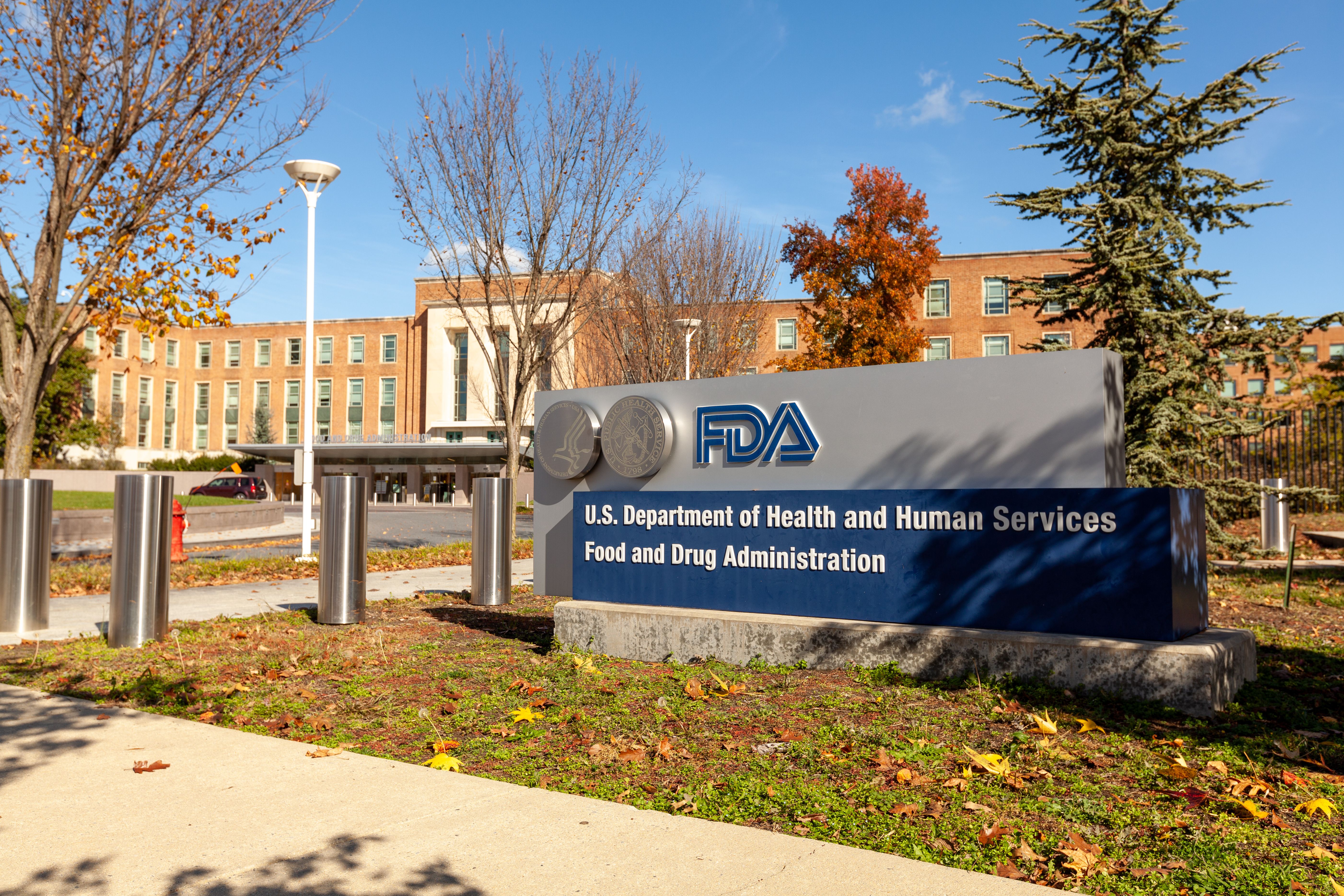FDA Revisits Mass Spectrometry’s Role in Therapeutic Protein Biologics License Applications
At ASMS 2023, Sarah Rogstad of the US Food and Drug Administration reviewed and updated a retrospective analysis originally published in 2016.
A study of therapeutic protein biologics license applications (BLAs) electronically submitted to and approved by the US Food and Drug Administration (FDA) between 2000 and 2015 was published by FDA in 2016 (1). But from 2016 to 2020, FDA said, more BLAs, both new products and biosimilars, were approved than in the previous 16 years. The role of mass spectrometry (MS) in the characterization section of BLAs was the focus of a revised retrospective presented by FDA’s Sarah Rogstad at the annual American Society for Mass Spectrometry (ASMS) conference on Wednesday, June 7, 2023. The talk was part of an oral session that appropriately focused on the characterization and quantitation of biotherapeutics.
Silver Spring, MD, USA 11/10/2020: Exterior view of the headquarters of US Food and Drug Administration (FDA). This federal agency approves medications, vaccines and food additives for human use. | Image Credit: © Grandbrothers - stock.adobe.com

In this update, co-authored by FDA’s Jamie Mans, Mercy Oyugi, Bethel Asmelash, and Cynthia Sommers, 93 therapeutic protein BLAs approved between 2016 and 2020 were analyzed for their use of MS, of which 30% were biosimilars (only one biosimilar had been approved prior to 2016). While the top eight out of 36 measured attributes, in quality and in order, assessed by MS were amino acid sequence, molecular mass, oxidation, disulfide bonds, deamidation, glycosylation, N-terminal sequence variants, and C-terminal sequence variants – the same as in the 2016 retrospective – the researchers said MS was used increasingly to analyze them, and also the average number of attributes per BLA that were identified by MS grew over the extended timeframe.
Attributes that Rogstad’s team said showed increased usage between new and biosimilar BLAs, or the old and new datasets, were further scrutinized, including isomerization, folding/higher order structure (HOS), truncation, host cell proteins (HCP), sequence variants (amino acid substitutions), succinimidation, glycation, PEGylation, charge variants, and oxidation.
Looking at the MS data, FDA found that Orbitrap usage increased over time for all assessed attributes, while approaches (intact mass, peptide mapping, glycan profiling, et al.) and experiment types (such as introduction or fragmentation) were categorized, all as part of a larger effort to identify trends in workflow, instrumentation, and specific methodology. The researchers noted the increased usage of more specialized techniques such as hydrogen-deuterium exchange (HDX) making their way from academia into experimental applications.
Overall, FDA considers the use of MS to remain an integral component of therapeutic protein characterizations and, noting their increase in the additional timeframe, in the assessment of biosimilars.
For more coverage of ASMS 2023, click here.
Reference
(1) Mans, J.; Oyugi, M.; Asmelash, B.; Sommers, C.; Rogstad, S. The Use of Mass Spectrometry in Therapeutic Protein Biologics License Applications: A Retrospective Review Revisited. Presented at the 71st American Society for Mass Spectrometry Conference on Mass Spectrometry and Allied Topics, Houston, Texas, June 7, 2023.
Study Explores Thin-Film Extraction of Biogenic Amines via HPLC-MS/MS
March 27th 2025Scientists from Tabriz University and the University of Tabriz explored cellulose acetate-UiO-66-COOH as an affordable coating sorbent for thin film extraction of biogenic amines from cheese and alcohol-free beverages using HPLC-MS/MS.
Quantifying Microplastics in Meconium Samples Using Pyrolysis–GC-MS
March 26th 2025Using pyrolysis-gas chromatography and mass spectrometry, scientists from Fudan University and the Putuo District Center for Disease Control and Prevention detected and quantified microplastics in newborn stool samples.
Multi-Step Preparative LC–MS Workflow for Peptide Purification
March 21st 2025This article introduces a multi-step preparative purification workflow for synthetic peptides using liquid chromatography–mass spectrometry (LC–MS). The process involves optimizing separation conditions, scaling-up, fractionating, and confirming purity and recovery, using a single LC–MS system. High purity and recovery rates for synthetic peptides such as parathormone (PTH) are achieved. The method allows efficient purification and accurate confirmation of peptide synthesis and is suitable for handling complex preparative purification tasks.








